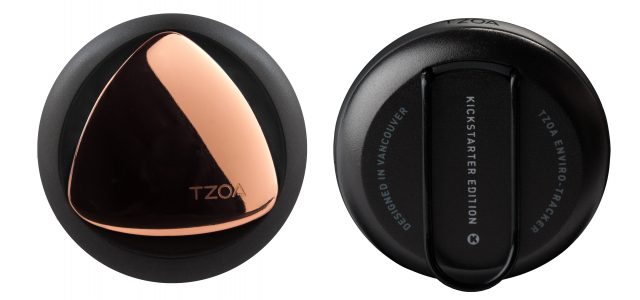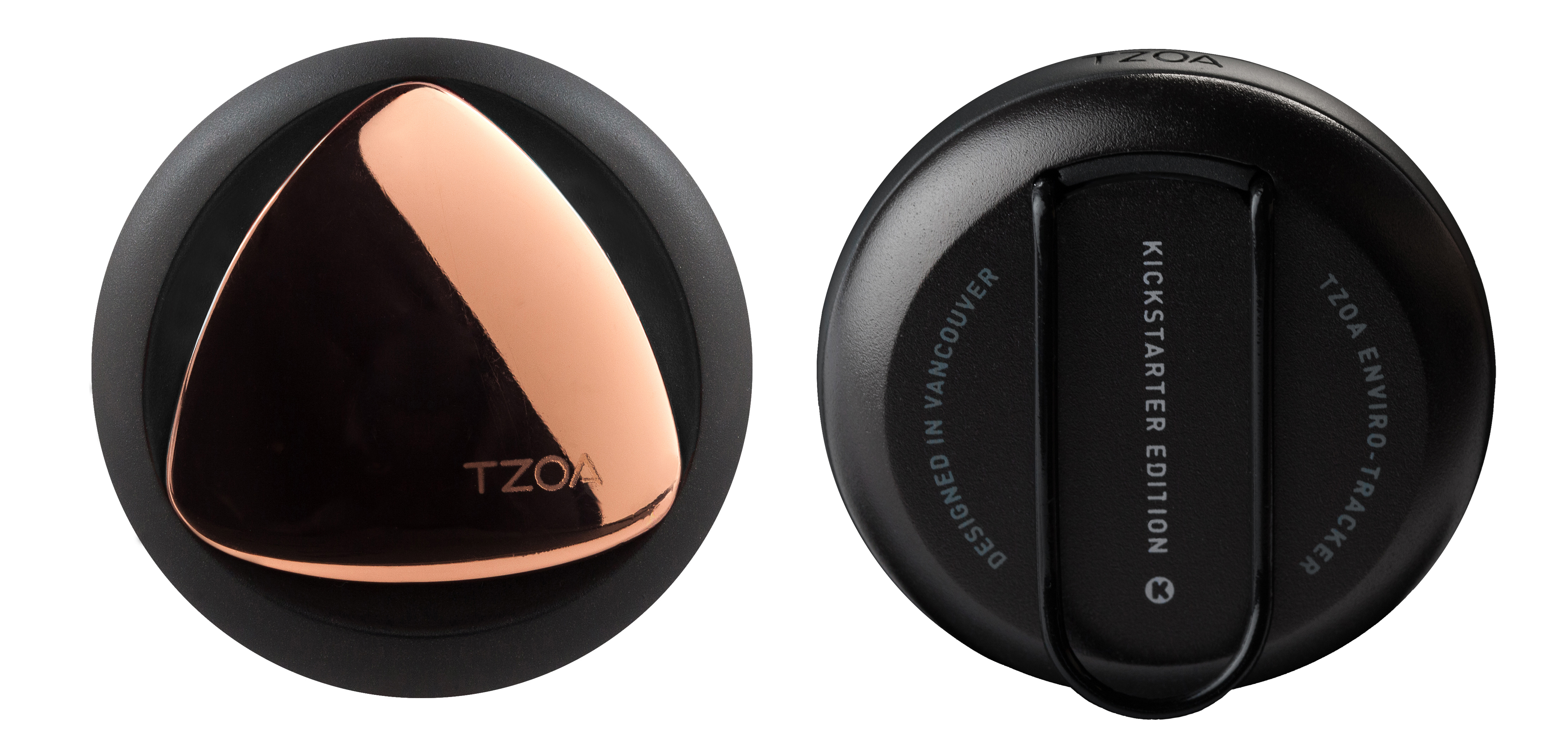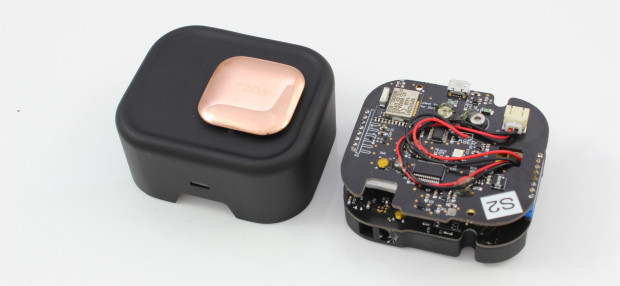
Pollutants litter the air. You know it. It’s why you slather your hands in antibacterial goo fifty times a day. (We won’t mention how you tap the wall twice then flick the light switch five times.)

(Source: imgur.com)
The team behind Tzoa, the promising air pollutant measuring wearable, shares your concerns. So, they made Tzoa in order to help sniff out the bad stuff. It crowdfunded in 2015, beating their goals by 52%. Not bad, so where is the device?
Tzoa is a well-designed device you would be proud to wear. It has a very specific mission, unencumbered with wearable baggage like doubling as a notification device or selfie button.
However, considering the device was to ship in 2015 and the site lists it as “temporarily unavailable,” we remain curiously objective.
Design

(Source: tzoa.com)
It’s not often you read, “made in Canada,” but if you’re wearing Tzoa, get used to it. In truth, who knows who will manufacture the final device?
Still, the back of Tzoa boasts “Designed in Vancouver.” (Perhaps Tzoa has a shadow talent for sourcing Maple Syrup?)
The design elements are elegant, unique for a wearable. This is not another silicone wristband. Tzoa is a clip, something you might wear on your lapel or waistline.
The housing is black plastic, but the cover is a lovely rounded corner equilateral triangle.
Inside the device, there is a fan to draw in air, so the edges of the triangle are open and there are vents on the side of the plastic housing. Presumably, this is to allow the airflow.
This is how the device “smells.”
Function

(Source: tzoa.com)
By wearing Tzoa, you not only arm yourself with information on potential allergens or pollutants in the air, you become part of a network of pollutant informants.
By sucking in air, then analyzing that air, Tzoa measures particulates. Tzoa collects that air particulate data, sends it to your smartphone for instant feedback, but also networked with the rest of Tzoa’s army.
If enough people were wearing Tzoa, at any point we could map the Earth for danger zones, places high in air particulates.
What Tzoa focuses on is what they call PM10 and PM2.5 air particulates. These numbers reference the size of the particulate, so 10 would be coarse particles like dust, pollen, asbestos and mold.
Those sound pretty bad. Alright, I’m listening.
The PM2.5 bits are more respirable particles, like smoke, exhaust, fumes, or anything of that nature.
Questions

(Source: tzoa.com)
What’s not clear from Tzoa’s site is whether they missed their shipping date or if they ran out of supplies. We’re gonna guess the former, as real-time reviews are not available.
It appears from their blog that they were unable to pull together all the parts to make a wearable with sufficient battery life to last long enough.
Last year they shipped 200 of their 2nd version of the research device to select people for testing. It’s a heartier design, more of a stay-at-home, boxy style device, but you could carry it about.
That said, the original design does not appear to have shipped.
It would be ironic to find that this device that measures vapors is actually vaporware. It doesn’t scan that way, but their site gives us no other information on the holdup.

(Source: indiegogo.com)
While our first impressions of Tzoa were skeptical, it won us over with the specs on how it works.
It may just be a device aimed at the obsessive, but that’s a great business strategy. They made a lovely spec device too, something I would wear. If you believe what you read from the Tzoa team, they are recipients of R&D teams who wish to learn more.
Perhaps that is what is necessary to produce the proposed device. Hopefully, for them, sooner than later.
Judging by the comments on their Indiegogo, their backers have started to notice something funny in the air.